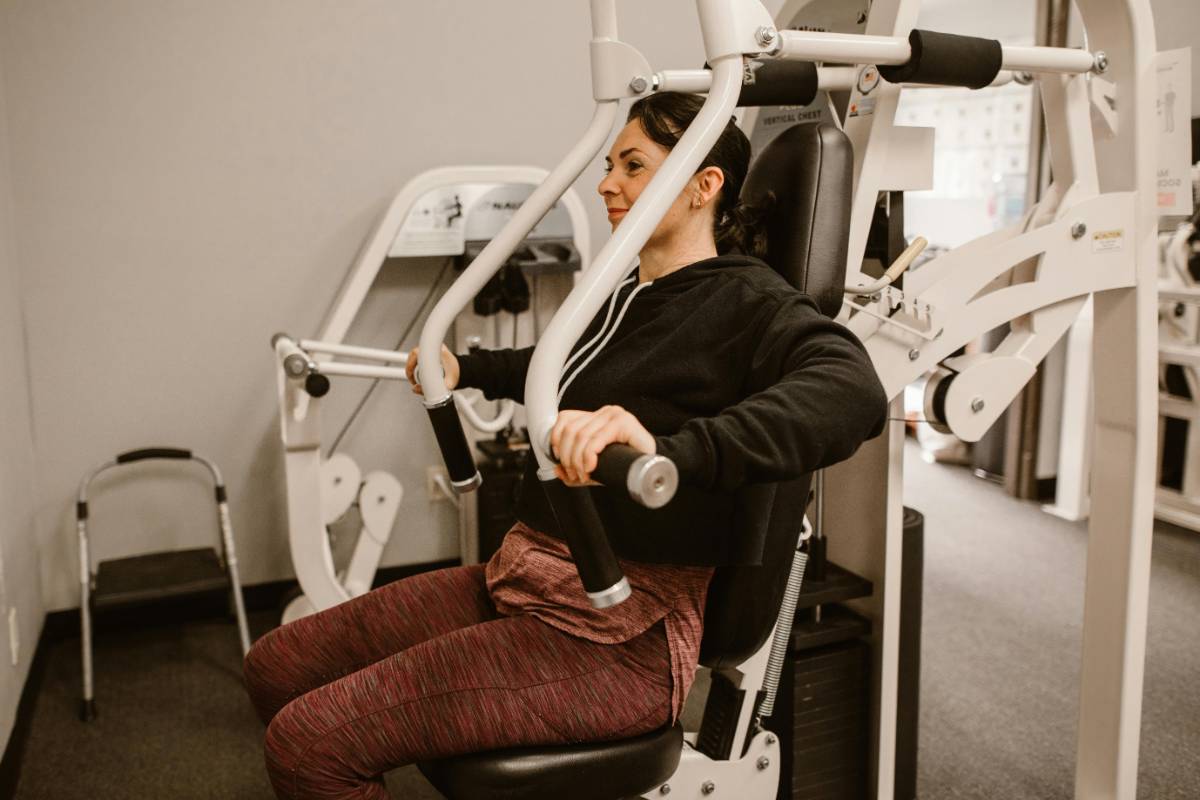Best Practices for Nail Care at Home

4 min read
|24 Mar 2025Maintaining healthy nails at home is essential for both aesthetics and overall nail health. Regular nail care helps prevent issues like brittleness, splits, and infections, and can enhance the appearance of your hands. In this article, we’ll explore best practices for nail care that you can easily incorporate into your home routine.
Preparing for Nail Care
Before starting your nail care routine, gather all the necessary tools and products. You’ll need:
Nail Clippers: For trimming your nails to the desired length.
Nail File: To shape and smooth the edges of your nails.
Cuticle Pusher: For gently pushing back cuticles.
Nail Buffer: To smooth and shine the nail surface.
Moisturizer: For hydrating your hands and nails.
Cuticle Oil: To nourish the cuticles and surrounding skin.

Base Coat, Nail Polish, and Top Coat: For a polished finish.
Regular Trimming and Shaping
Keeping your nails trimmed and shaped is crucial for preventing splits and breaks. Use nail clippers to trim your nails to a comfortable length. Avoid cutting them too short, as this can lead to discomfort and potential infection. Use a nail file to smooth out the edges and shape your nails. File in one direction to avoid weakening the nails and causing splits.
Cuticle Care
Healthy cuticles are essential for maintaining strong nails. Gently push back your cuticles using a cuticle pusher or an orange stick. Be careful not to push too hard or cut the cuticles, as this can lead to infections. Apply cuticle oil regularly to keep the cuticles hydrated and prevent them from becoming dry or cracked.
Nail Buffing
Buffing your nails helps to smooth out ridges and create a shiny surface. Use a nail buffer to gently buff the surface of your nails, focusing on any uneven areas. Buffing should be done sparingly to avoid thinning the nails. After buffing, wash your hands and apply a moisturizer to keep your hands and nails hydrated.
Moisturizing and Hydrating
Proper hydration is key to maintaining healthy nails and cuticles. Regularly apply a hand and nail moisturizer to keep your skin and nails well-hydrated. Look for products with ingredients like shea butter, vitamin E, and glycerin. For added hydration, use cuticle oil to nourish the cuticles and prevent dryness.
Applying Nail Polish
If you enjoy wearing nail polish, follow these steps for a professional-looking finish:
Start with a Base Coat: Apply a base coat to protect your nails from staining and to help the polish adhere better.
Apply Nail Polish: Apply your chosen nail polish in thin, even coats. Allow each coat to dry before applying the next one to avoid smudging.
Finish with a Top Coat: Apply a top coat to add shine and extend the life of your polish. This helps to prevent chipping and enhances the overall appearance of your nails.
Removing Nail Polish
When removing nail polish, use a gentle nail polish remover that doesn’t contain harsh chemicals like acetone. Soak a cotton pad with the remover and press it onto the nail for a few seconds before wiping away the polish. Avoid scrubbing or peeling the polish off, as this can damage the nail surface.
Preventing Common Nail Problems
To keep your nails healthy and strong, consider these preventive measures:
Avoid Biting Your Nails: Nail biting can lead to infections and damage the nail bed. Use stress-relief techniques or bitter-tasting nail polish to help break the habit.
Protect Your Nails: Wear gloves when doing household chores or using harsh chemicals to protect your nails from damage.
Maintain a Healthy Diet: A balanced diet rich in vitamins and minerals, such as biotin, vitamin E, and zinc, supports nail health. Include foods like nuts, leafy greens, and lean proteins in your diet.
Avoid Using Your Nails as Tools: Using your nails to open cans or scratch surfaces can cause them to become weak and damaged.
Regular Nail Care Routine
Incorporate these nail care practices into your routine to keep your nails in top condition:
Establish a Routine: Set aside time each week for nail care, including trimming, filing, and moisturizing. Consistency is key to maintaining healthy nails.
Monitor Nail Health: Pay attention to any changes in your nails, such as discoloration, texture changes, or pain. If you notice any issues, seek advice from a healthcare professional.
Practice Good Hygiene: Keep your nails clean and dry to prevent fungal infections and other issues.
Best practices for nail care at home involve a combination of regular maintenance, proper hydration, and healthy habits. By following these guidelines, you can achieve strong, beautiful nails and enjoy the benefits of a well-maintained nail care routine. Whether you prefer a natural look or enjoy adding polish, taking care of your nails will contribute to overall hand health and appearance.
MORE ARTICLES

3 min read | 06 Feb 2025
Beginner’s Guide to Yoga for Flexibility
Yoga is a powerful practice that can significantly improve your flexibility, balance, and overall well-being. For beginners, starting a yoga practice with the goal of enhancing flexibility can be both rewarding and beneficial. In this guide, we’ll explore the basics of yoga for flexibility, including key poses, tips for getting started, and how to create a routine that works for you.

5 min read | 05 Feb 2025
Why Flexibility is Important for Overall Fitness
Flexibility is often overlooked in the pursuit of fitness, but it plays a crucial role in overall health and performance. Many people focus primarily on strength, endurance, or cardiovascular fitness, neglecting the importance of maintaining and improving flexibility. In this article, we’ll explore why flexibility is essential for overall fitness and how incorporating it into your routine can benefit your body.

5 min read | 04 Feb 2025
How to Track Your Cardio Fitness Progress
Tracking your cardio fitness progress is essential for understanding how well you’re doing and making necessary adjustments to your routine. Whether you’re a beginner or an experienced athlete, monitoring your progress helps you stay motivated, set achievable goals, and improve your overall fitness. In this article, we’ll explore various methods and tools for tracking your cardio fitness progress and provide tips on how to effectively use them.

3 min read | 03 Feb 2025
Cardio Workouts That Don’t Require Equipment
Cardio workouts are essential for improving cardiovascular health, burning calories, and boosting overall fitness. The good news is that you don’t need fancy equipment to get an effective cardio workout. There are plenty of exercises you can do with just your body weight that can provide an excellent cardiovascular challenge. In this article, we’ll explore a variety of cardio workouts that don’t require any equipment, making it easy to stay fit from the comfort of your home or outdoors.

4 min read | 02 Feb 2025
How to Choose the Right Cardio Equipment for Home Workouts
Choosing the right cardio equipment for home workouts can significantly impact your exercise routine and overall fitness. With a variety of options available, it’s essential to select equipment that aligns with your fitness goals, space, and budget. In this article, we’ll explore the factors to consider when choosing cardio equipment for home workouts and review popular options to help you make an informed decision.

5 min read | 01 Feb 2025
The Benefits of Steady-State vs. Interval Cardio
Cardiovascular exercise is a key component of a balanced fitness routine, and two popular types of cardio are steady-state and interval training. Both methods have their unique benefits and can contribute to overall fitness and health in different ways. In this article, we’ll explore the benefits of steady-state cardio and interval cardio, compare the two approaches, and help you determine which might be best suited for your fitness goals.
RECENT POSTS
1
The Importance of Flossing Daily
2 min read | 08 Feb 20252
Benefits of Using Mouthwash Regularly
2 min read | 07 Feb 20253
How to Maintain Oral Hygiene with Braces
3 min read | 06 Feb 20254
The Dos and Don'ts of Hair Styling
5 min read | 05 Feb 20255
Natural Oils That Promote Hair Growth
4 min read | 04 Feb 20256
How to Achieve Salon-Quality Hair at Home
4 min read | 03 Feb 2025MORE POSTS

Creating a Workout Routine for Weight Loss and Toning
5 min read | 15 Apr 2025
Strength Training vs. Cardio: Finding the Right Balance
5 min read | 14 Apr 2025
How to Incorporate Stretching into Your Workout Routine
5 min read | 13 Apr 2025
Yoga Routines for Flexibility and Stress Relief
2 min read | 12 Apr 2025
The Best Cardio Workouts to Improve Your Endurance
3 min read | 11 Apr 2025





